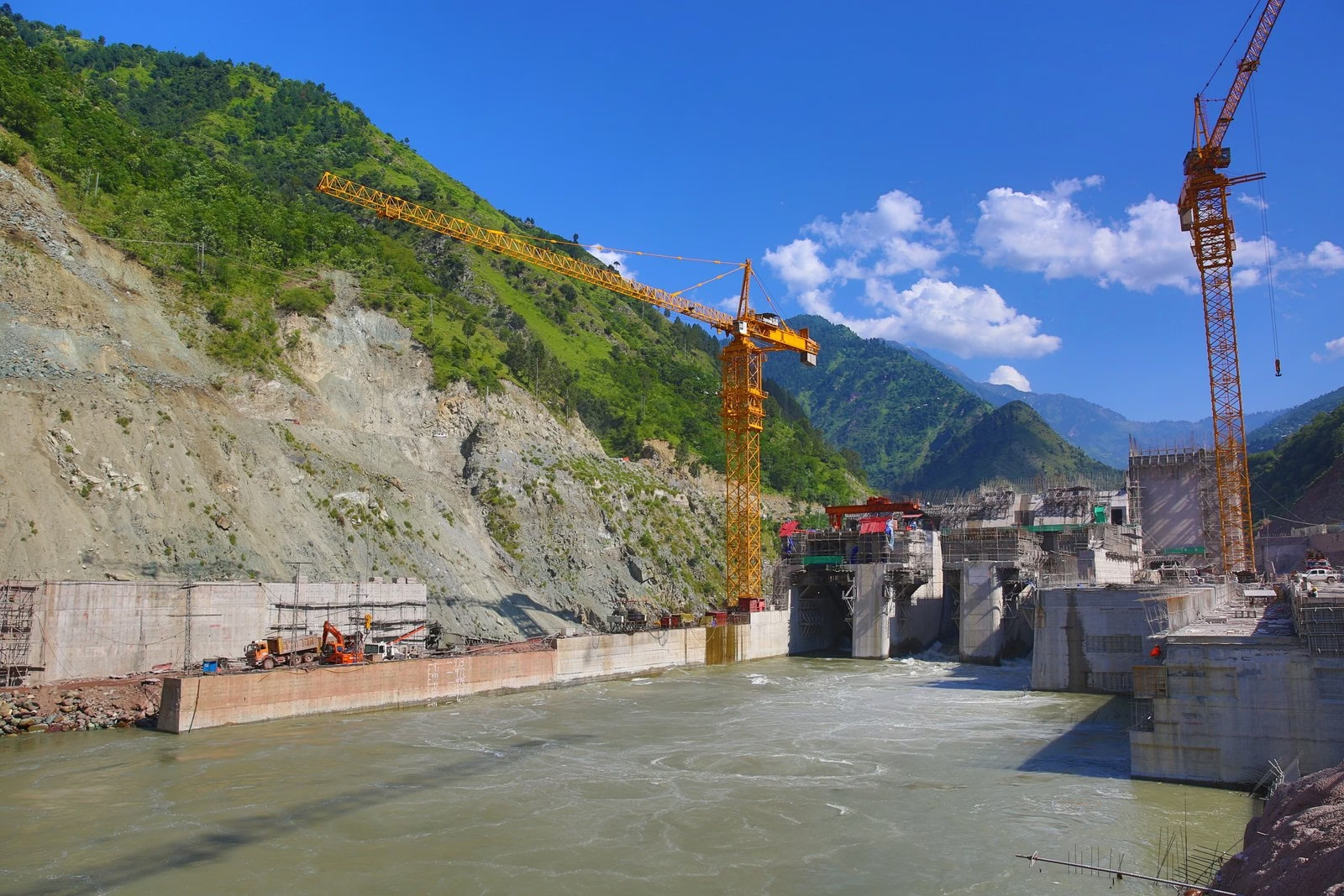Spillway gates are critical components of dams and hydropower plants, controlling water discharge to ensure reservoir safety and flood management. Regular maintenance of these gates is essential to ensure smooth operation, structural integrity, and long-term reliability. In this post, we’ll walk through the key steps engineers follow to maintain spillway gates, along with best practices for optimal performance.
1. Inspection and Assessment
Visual Inspection
- Conduct regular visual inspections to identify signs of wear and tear, rust, cracks, or deformities.
- Check gate surfaces, seals, and moving parts for accumulated debris, sediment, or biological growth (e.g., algae).
Non-Destructive Testing (NDT)
- Use techniques like ultrasonic testing, magnetic particle testing, or radiographic inspection to detect hidden structural issues such as cracks or corrosion.
- Ensure weld joints and structural members are intact.
Functional Testing
- Operate the gates periodically to assess smooth movement and responsiveness.
- Verify that hydraulic or mechanical systems operate without abnormal noise, vibrations, or delays.
Tip: Schedule inspections during low-flow or non-peak seasons to minimize operational disruption.
2. Cleaning and Debris Removal
Over time, spillway gates can accumulate debris, sediments, and aquatic growth that obstruct their operation.
- Remove debris, sediment buildup, and biological growth using high-pressure water jets or mechanical cleaning tools.
- Clean gate grooves and tracks to allow unobstructed movement.
- For gates submerged underwater, consider specialized cleaning techniques such as diver-assisted inspections or ROV (remotely operated vehicle) cleaning.
Why It Matters: A clean spillway gate ensures smooth operation and reduces the risk of jamming or operational failures during high water events.
3. Lubrication of Moving Parts
Proper lubrication prevents wear and tear in mechanical components and ensures smooth gate operation.
- Apply grease or oil to critical areas such as hinges, rollers, bearings, chains, and hydraulic cylinders.
- Use lubricants that are water-resistant and corrosion-inhibiting to withstand wet environments.
- Replace worn-out grease fittings or seals.
Best Practice: Follow the manufacturer’s guidelines for lubricant type and frequency of application.
4. Hydraulic and Mechanical System Checks
For spillway gates operated by hydraulic or mechanical systems:
Hydraulic Systems
- Inspect hydraulic cylinders, hoses, and connections for leakages, cracks, or corrosion.
- Test oil pressure, fluid levels, and fluid quality; replace hydraulic oil if contaminated.
- Verify that hydraulic pumps and motors function efficiently.
Mechanical Systems
- Inspect and adjust gears, pulleys, and drive systems.
- Check for loose bolts, worn chains, or misalignment in gate mechanisms.
- Test emergency backup systems to ensure readiness during a power failure.
Key Reminder: Hydraulic leaks or mechanical malfunctions can lead to sudden gate failures during critical operations, so proactive checks are essential.
5. Gate Seal Inspection and Replacement
Gate seals prevent leakage and ensure efficient water regulation.
- Inspect rubber or metal seals for cracks, deformation, or excessive wear.
- Replace seals that show signs of aging or loss of elasticity.
- Ensure proper alignment of seals to prevent water seepage.
Pro Tip: Use high-quality, durable seals suitable for extreme water pressure and weather conditions.
6. Corrosion Protection
Spillway gates are constantly exposed to water and environmental elements, making them vulnerable to corrosion.
- Inspect the gate surface for rust spots or corrosion damage.
- Apply protective coatings such as epoxy paint or galvanization to prevent rust formation.
- Repair corroded areas through sanding, priming, and recoating.
- For gates in high-salinity or aggressive environments, consider using corrosion-resistant materials like stainless steel.
Why Corrosion Protection Matters: Unchecked corrosion can weaken gate structures, leading to costly repairs or failures.
7. Testing and Calibration
After completing maintenance activities:
- Conduct operational tests to confirm smooth gate movement and responsiveness.
- Calibrate sensors, actuators, and control systems to ensure accurate performance.
- Test gate automation systems, alarms, and backup power sources.
Emergency Readiness Testing
- Simulate emergency conditions to verify that gates can open or close rapidly in response to high inflow or flood situations.
- Document test results for future reference and troubleshooting.
8. Documentation and Reporting
Proper documentation ensures accountability and supports long-term maintenance planning.
- Maintain detailed inspection reports and maintenance logs.
- Record observations, repairs, and component replacements with dates.
- Use these records to plan future maintenance schedules and budget for necessary upgrades.
Recommendation: Adopt digital tools or maintenance management software to streamline reporting and analysis.
Conclusion
Regular and proactive maintenance of spillway gates is crucial for ensuring dam safety, operational reliability, and environmental compliance. By following these key steps—inspection, cleaning, lubrication, system checks, corrosion protection, and testing—engineers can prevent costly breakdowns and keep spillway gates functioning efficiently.
Remember, well-maintained gates are your first line of defense during flood events, ensuring safety for the dam structure and downstream communities.
Watch the Process in Action
For a visual demonstration of spillway gate maintenance, check out our latest videos on YouTube where we share real-life operations, tools, and techniques used at dam sites!
Keywords: Spillway gate maintenance, hydraulic systems, dam safety, corrosion protection, reservoir management, gate seals, hydropower engineering.


